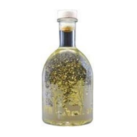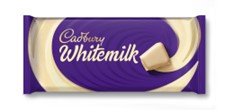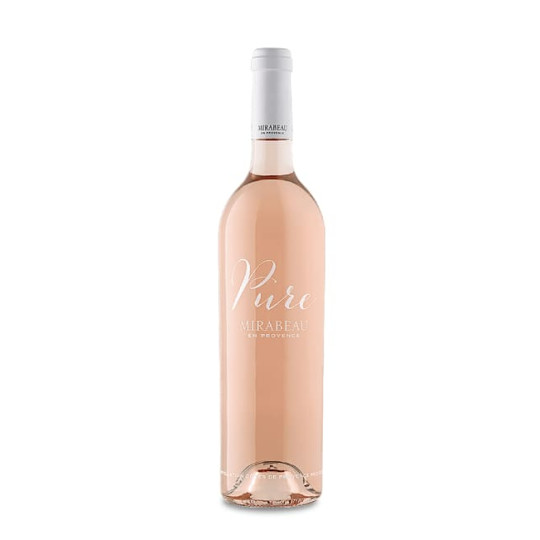From eye-catching packaging to innovative product shapes, designs play a crucial role in shaping brand identity and protecting the visual aspects of your food & drink products. Yet designs are often the unsung heroes of intellectual property, playing second or even third fiddle to much better known and understood IP rights like trade marks and patents.
Despite being often overlooked, registered design protection can be a very powerful tool for companies seeking to safeguard their unique product appearances and build value in their brand. This article sets the stage for our upcoming series on designs, explaining the importance of design protection and its relevance to the food & drink sector – and how, all too often, companies in this space are missing a trick. In the series, we will explore the ins and outs of design rights, share practical tips, set out what companies should know and showcase how they can maximise this lesser used IP right to boost the value of their business.
Unregistered or registered designs?
Like trade marks, designs do not need to be registered to be protected, but it is advantageous to do so. There are different types of unregistered design, with the duration of protection depending on the design in question, and we will look at unregistered design in more detail later on in the series. What is key to note for now is that unregistered designs provide much more limited protection (protecting only against actual copying), for a shorter period and essentially offering only basic safeguarding. A registered design gives the right holder much wider protection, creating an absolute monopoly (ie protecting against independent creation as well as deliberate copying) and covering the whole (or part) of the design appearance. It can cover 2D or 3D objects and can last for up to 25 years.
Key considerations for registered design protection
When seeking design protection, there are a few fundamental requirements to keep in mind:
-
What can be protected: Design registration can give very broad protection and is extremely flexible. It can protect the overall visual appearance of a product, including its shape (whether the contours of a chocolate bar or the silhouette of a wine bottle), ornamentation, colours, and patterns. Elements such as product packaging (unique bottle shapes, labels, and overall packaging designs) can also be protected, as well as contours and even the overall "get-up" of your product (including the overall visual impression, colours, patterns, and any decorative elements). In short, if something makes your packaging or product stand out, it is likely to be eligible for protection.
-
Novelty and individual character: To qualify for registered design protection, your design must be new and original. It must not have been publicly disclosed (subject to the grace period, mentioned below) before filing for registration. The design should stand out from existing designs and must possess a unique appearance that sets it apart.
-
Disclosure considerations: When applying for registered design protection, your design will become publicly accessible. If you disclose your design to the public (e.g. by putting a product onto the market), then in some territories (such as the UK and EU) you can still get a valid registered design if you file your design application within a year of your first public disclosure of the design. This year is called a “grace period” and can be a useful way to test the market before committing to filing an application. However the length and availability of a grace period differs from territory to territory, so it is prudent always to check and factor disclosures into your registration strategy (especially if you’re looking to protect your design in the Far East, where there is often no grace period at all – so any disclosure will invalidate your design).
-
Time considerations: Unlike patents, it is not necessary to file a design application before you put your design into the public domain. It is possible also to defer publication of the design (by up to 30 months in the EU and by up to 12 months in the UK) if you want to keep the design secret or if you need time to finalise its final form. It is sensible to file for design protection promptly after creating your design and before any disclosures to the public. Waiting too long could jeopardize your ability to secure exclusive rights. Timing matters, so file early!
-
Territorial nature of registered designs: You will need to seek separate protection of your design in each territory of interest. Most intellectual property offices do not carry out a substantive examination of design applications, making filing a design application a straightforward, cost-effective and often quick way of securing a registered IP right. This is particularly attractive to companies who change their designs regularly and who want to stay ahead of copycats e.g. confectionery and snack food brands.
What registered designs have been protected in the F&D space?
Famous registered designs in F&D include the shape of the Coca-Cola bottle, Cadbury's chocolate bars and the M&S light-up gin bottle:
|

|

|
|
M&S Light up Bottle
UK Registered Design No. 6134284
|
Cadbury’s Chocolate Wrapper
UK Registered Design No. 6133582
|
M&S was able to rely on its registered design right when claiming that Aldi had infringed its IP rights in the Aldi’s alleged copycat version of the light-up gin bottle, proving just how useful registered designs can be for brand owners.
 |
Our client, Maison Mirabeau has its distinctive Pure Rosé bottle registered as a design in the EU and UK. By protecting its unique contours and visual appeal, Mirabeau ensures that its product stands out in a competitive market and that others cannot use the same bottle shape.
|
Takeaways for now
Don't underestimate the power of registered design protection. It's a valuable asset that is all too often forgotten or overlooked, by which point the grace period has long expired. This kind of protection can enhance your brand, deter copycats, and give your business a real competitive edge in the food & drink sector – provided you think about it early enough. Over time, consistent design registrations can build serious and effective brand equity and brand loyalty among consumers.
Next time in the series, we will explore different kinds of packaging in the food & drink sector and see how companies have leveraged their design protection to build their brand equity.
If you have any questions or for more information, please contact Carol Nyahasha, Rowena Tolley, or your usual Kilburn & Strode advisor.